Mining Africa Map
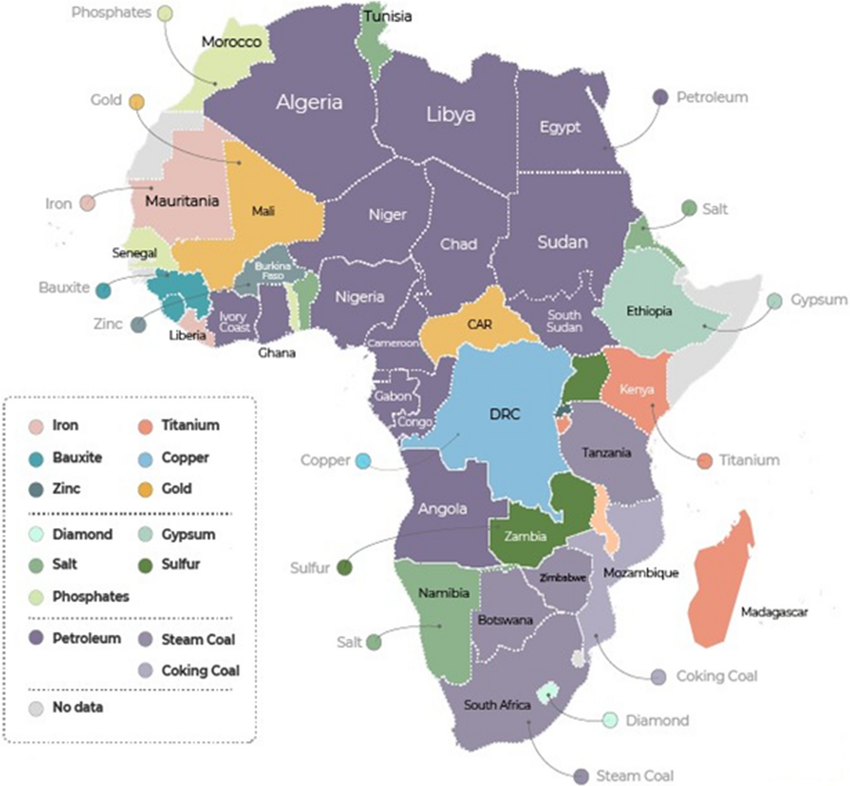
Africa is one of the most resource-rich continents in the world, with a vast network of mining operations spread across its diverse landscapes. From the gold mines of South Africa to the cobalt fields of the Democratic Republic of the Congo (DRC), the Mining Africa Map provides a visual representation of where critical minerals are extracted and how they contribute to the global economy.
Why the Mining Africa Map Matters
The Mining Africa Map is an essential tool for:
- Investors seeking new opportunities
- Researchers studying mineral resources
- Governments planning infrastructure and policy
- Mining companies identifying exploration sites
- Local communities understanding the impact of mining on their region
It visually highlights the geographic distribution of mining activities , showing which countries are leading in specific minerals and where the most significant projects are located.
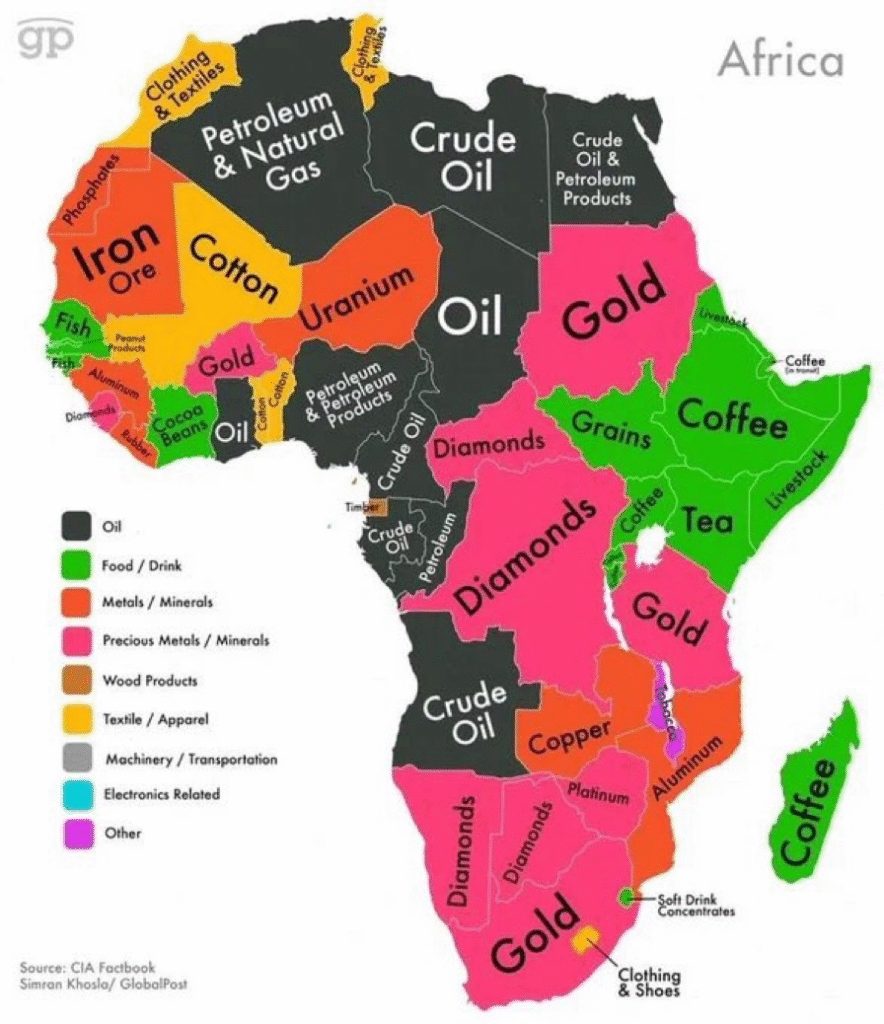
Key Mining Regions in Africa
Here’s a breakdown of the major mining regions and the key minerals they produce:
1. South Africa
- Major Minerals : Gold, Platinum Group Metals (PGMs), Coal
- Key Areas : Witwatersrand Basin, Bushveld Complex
- Significance : One of the largest producers of gold and PGMs globally.
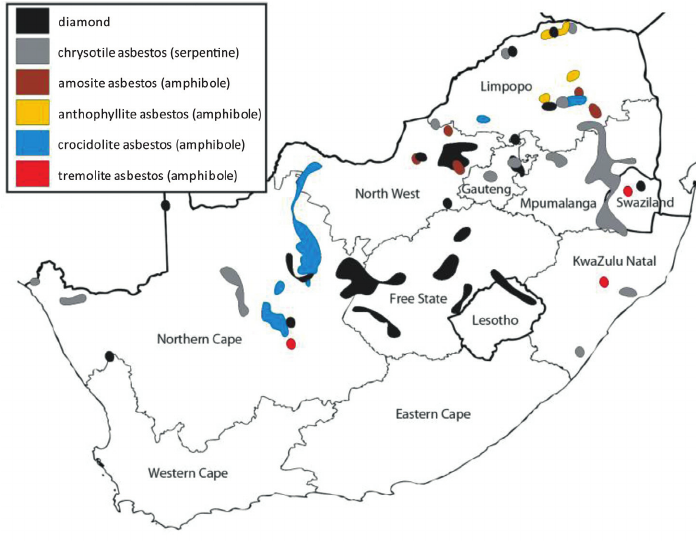
2. Zambia & DRC (Congo)
- Major Minerals : Copper, Cobalt
- Key Areas : Copperbelt (Zambia), Katanga (DRC)
- Significance : These regions are critical for the production of copper and cobalt used in batteries and renewable energy technologies.
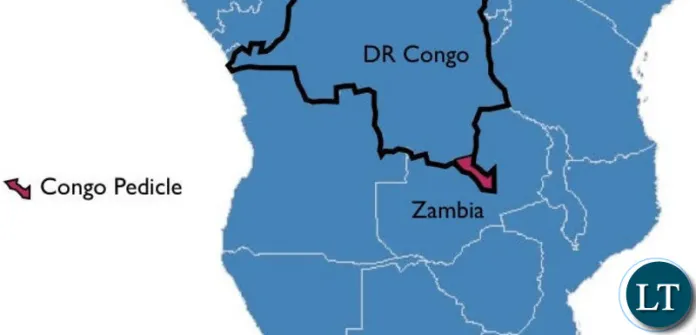
3. Ghana
- Major Minerals : Gold
- Key Areas : Ashanti Region, Western Region
- Significance : Ghana is one of Africa’s top gold producers and a major player in the global gold market.
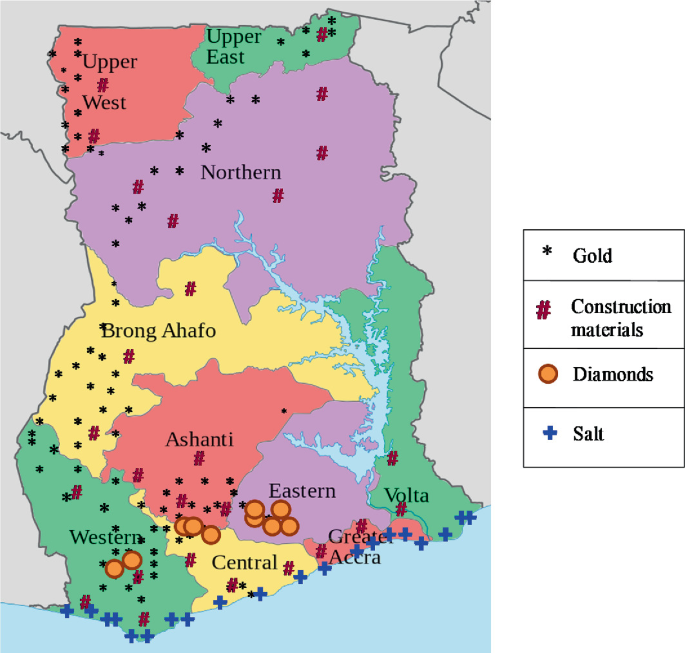
4. Botswana
- Major Minerals : Diamonds
- Key Areas : Central District, Orapa, Letlhakane
- Significance : Botswana is one of the world’s largest diamond producers and a leader in ethical and sustainable mining.
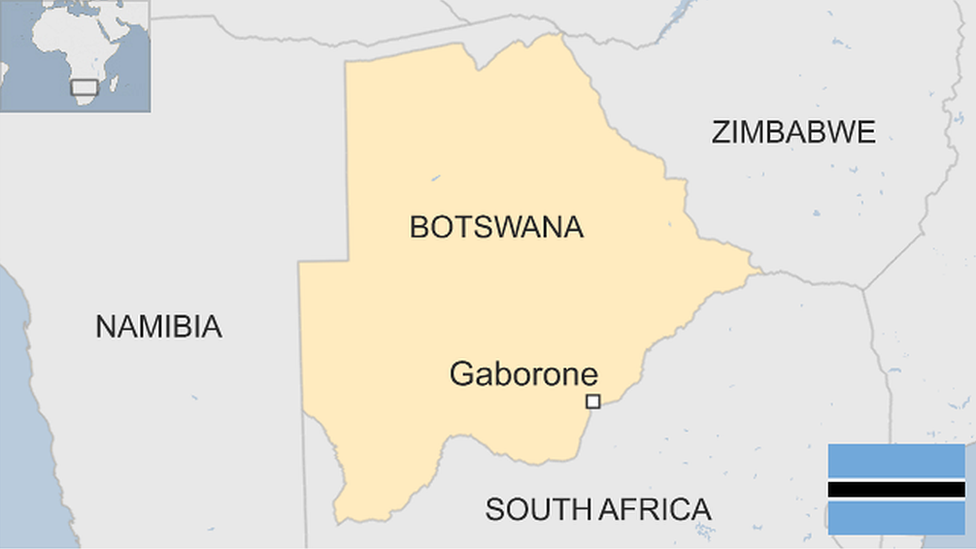
5. Namibia
- Major Minerals : Uranium, Gold, Diamonds
- Key Areas : Erongo Region, Karasburg
- Significance : Known for high-grade uranium and gold deposits.
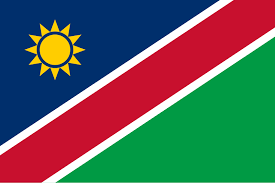
6. Tanzania
- Major Minerals : Gold, Diamonds
- Key Areas : Songwe Valley, Lindi Region
- Significance : Tanzania has seen increased investment in gold and diamond mining in recent years.
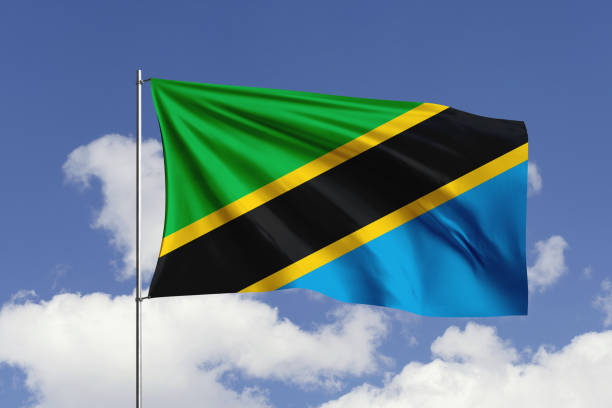
7. Mali & Burkina Faso
- Major Minerals : Gold
- Key Areas : Siguiri, Yatenga
- Significance : These countries have become major gold producers, attracting international mining companies.
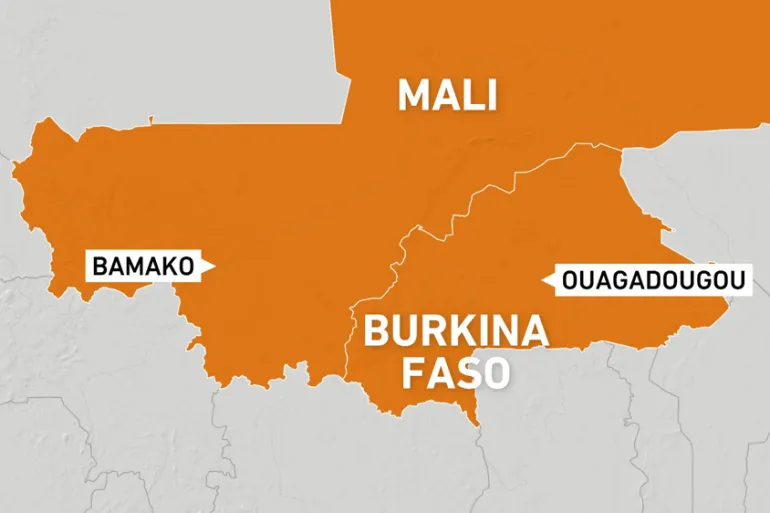
Economic Impact of Mining in Africa
Mining plays a vital role in many African economies, contributing to:
- GDP Growth
- Employment
- Export Revenue
- Infrastructure Development
- Community Investment
However, it also comes with challenges such as environmental concerns , labor rights issues , and regulatory complexities .
The Future of Mining in Africa
As demand for critical minerals like lithium, cobalt, and rare earth elements rises due to the global shift toward green energy and electric vehicles , the Mining Africa Map will continue to evolve. New discoveries and investments are expected to expand the map further, highlighting Africa’s growing importance in the global mineral supply chain.
FAQs
Q: What is the Mining Africa Map?
A: The Mining Africa Map is a visual representation of key mining regions, mineral deposits, and industry activity across the continent.
Q: Which countries are the biggest miners in Africa?
A: South Africa, Zambia, DRC, Ghana, and Botswana are among the top mining nations in Africa.
Q: What minerals are mined in Africa?
A: Africa produces a wide range of minerals, including gold, diamonds, platinum, copper, cobalt, and uranium.
Q: How does the Mining Africa Map help investors?
A: It helps investors identify potential mining hotspots, understand regional trends, and assess market opportunities.
Q: Are there maps showing artisanal and small-scale mining in Africa?
A: Yes, some maps highlight both large-scale and small-scale mining operations, especially in regions like West Africa and the DRC.

